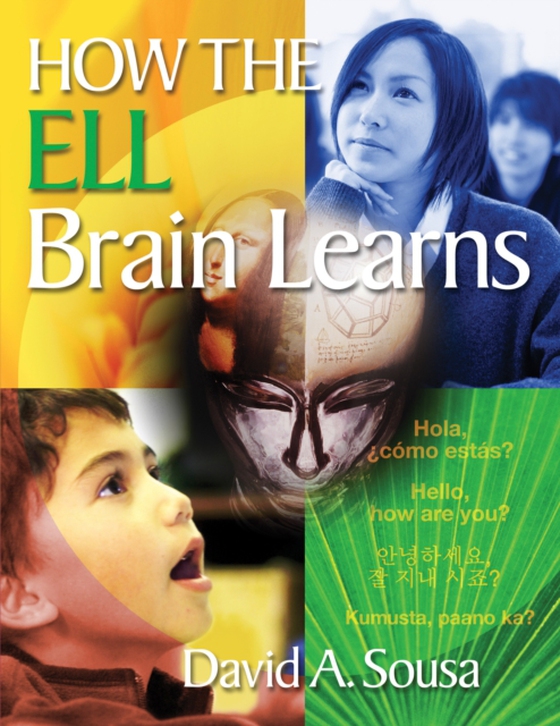
How the ELL Brain Learns e-bog
378,70 DKK
(ekskl. moms 302,96 DKK)
"e;This book is one of the best I've read on how the brain functions in second language learners and is invaluable for understanding ELLs with learning disabilities."e;-Irma Guadarrama, ProfessorUniversity of Texas-Pan American College of Education "e;David Sousa brings together all of the research about the brain to show the process of learning multiple languages and offers ways t...
E-bog
378,70 DKK
Forlag
Corwin
Udgivet
4 oktober 2010
Længde
288 sider
Genrer
JNSV
Sprog
English
Format
pdf
Beskyttelse
LCP
ISBN
9781452224282
"e;This book is one of the best I've read on how the brain functions in second language learners and is invaluable for understanding ELLs with learning disabilities."e;-Irma Guadarrama, ProfessorUniversity of Texas-Pan American College of Education "e;David Sousa brings together all of the research about the brain to show the process of learning multiple languages and offers ways to implement effective teaching strategies with quality instruction."e;-Sharon Latimer, ESL TeacherPlano ISD, TXRaise your ELL success quotient and watch student achievement soar!Teachers are more likely to succeed if they have a deeper understanding of the challenges students face in trying to learn English and course content simultaneously. How the ELL Brain Learns combines current research on how the brain learns language with strategies for teaching English language learners in K-12 classrooms. Award-winning author and brain research expert David A. Sousa describes the linguistic reorganization needed to acquire another language after the age of 5 years. He supplements this information with immediately applicable tools, including: A self-assessment pretest for gauging your understanding of how the brain learns languagesReady-to-use brain-compatible strategies for teaching English learners across the curriculum An entire chapter about how to detect English language learning problems, with sections on the social, cultural, and physical causesEach chapter features teaching tips that translate the research into step-by-step classroom applications. Also included are intervention strategies to use with struggling ELLs, including methods for working with older students.
 Dansk
Dansk

